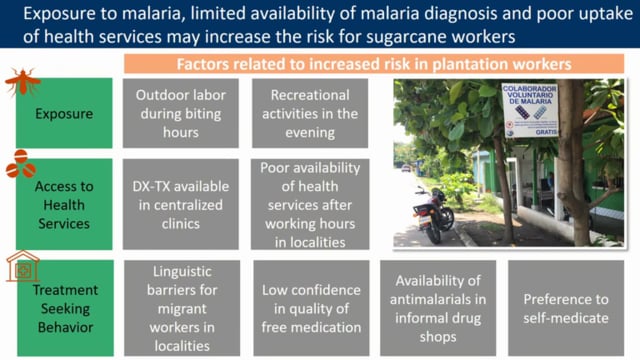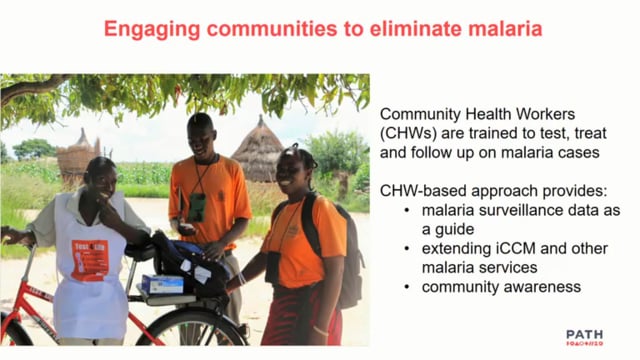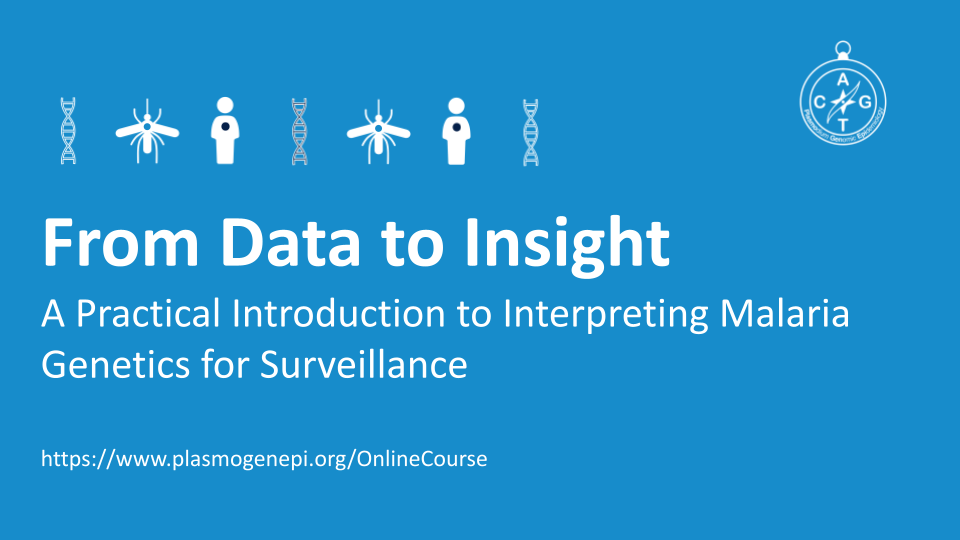ASTMH 2018, Graziella Scudu: “Targeting populations at risk for malaria with active surveillance on sugar cane plantations in Guatemala”
Collaborator(s): Clinton Health Access Initiative (CHAI), United States
Countries: Guatemala
Published: 31/10/2018
In collaboration with ASTMH, Image Audiovisuals, and session presenters, MESA brings you this webcast from the 67th ASTMH annual meeting in New Orleans, October 2018
Title: “Targeting populations at risk for malaria with active surveillance on sugar cane plantations in Guatemala”
Speaker: Graziella Scudu, Clinton Health Access Initiative, Guatemala City, Guatemala
Session information:
October 31, 2018, 10:15 AM – 12:00 PM, Marriott – Mardi Gras D (3rd Floor)
Abstract:
Strong health systems are essential to achieving malaria elimination. Prompt detection and effective treatment of malaria cases are key to reducing transmission, while robust surveillance systems ensure case detection and inform the understanding of malaria transmission. In many malaria endemic areas, limited access to health services and timely surveillance, due to geographic, sociocultural, economic or political barriers, presents challenges to achieving elimination. As a result, the World Health Organization and national malaria programs have recognized the need to extend and strengthen surveillance and case management at the community level and within the private sector to advance malaria elimination efforts. Strategies to address these gaps, such as increasing access to diagnosis and treatment through community health worker programs and active case detection within the private sector, require targeting and effective resource allocation to achieve their aim. The use of data can inform the design, targeting and evaluation of the impact of case management and active surveillance interventions. Capitalizing on data-driven approaches, such as use of remotely-sensed environmental data and advanced analytical methods for high resolution mapping, provides novel approaches to stratification for improved intervention planning. Mathematical modeling allows for analysis of the potential impact of these targeted interventions on malaria transmission. Further, collection and analysis of surveillance and programmatic data can serve to strengthen the implementation of interventions and to monitor their success. This symposium will describe malaria case detection and management in elimination settings and the relevance of active surveillance strategies for achieving elimination. It will present four examples to demonstrate how data can be used to extend access to health services and to improve case detection. The symposium will first highlight how mathematical modeling can be used to predict the impact of community health worker programs on malaria transmission. The second example will describe active surveillance carried out by community health workers in Zambia. The example from Guatemala will demonstrate the utility of surveillance data to extend case detection to sugar cane plantations in order to reach both community members and seasonal migrants. The final example from Cambodia will highlight novel approaches to active case detection on plantations such as through de-worming campaigns and contact tracing. The experiences shared by programs and partners will offer practical insight into the use of data-driven approaches to inform and implement elimination activities.
THEMES: Surveillance | Vulnerable Populations


